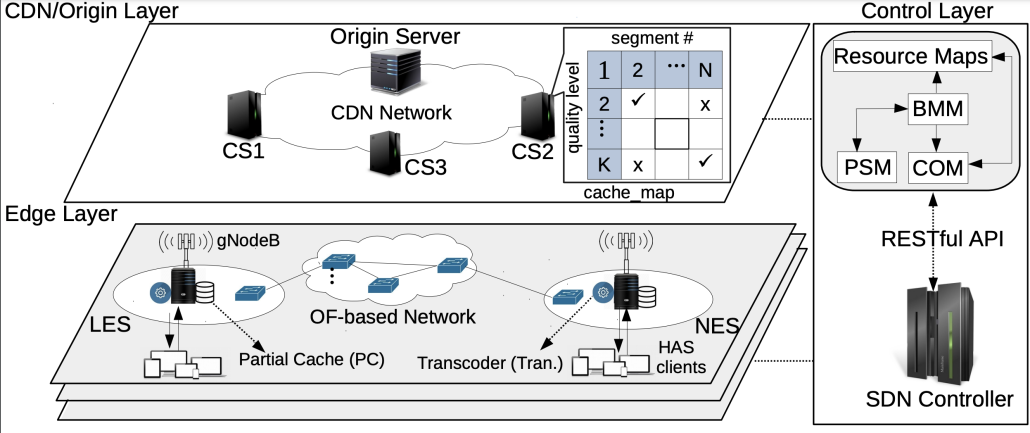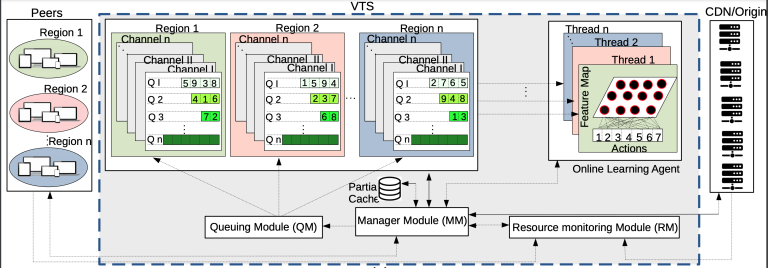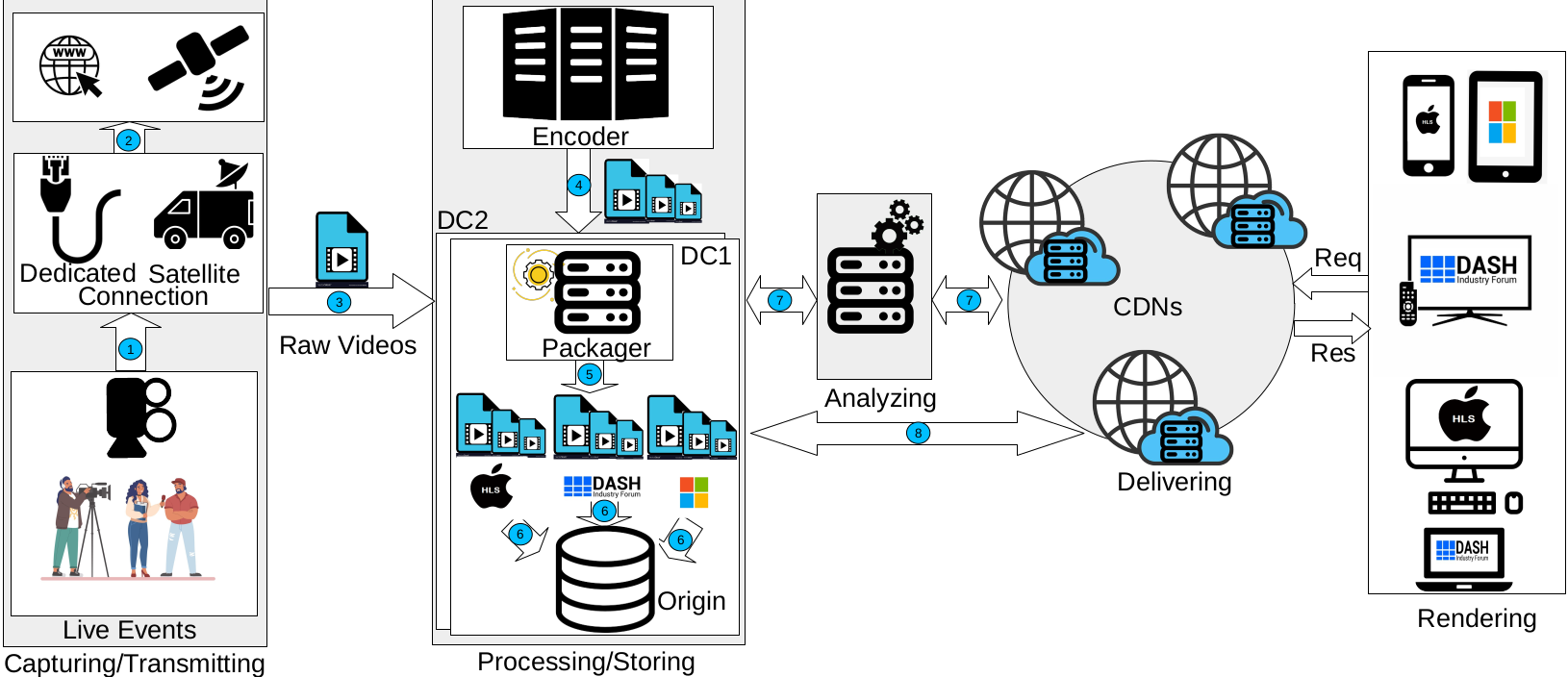IEEE Transactions on Network and Service Management (TNSM)
Journal Website
Authors: Reza Farahani (Alpen-Adria-Universität Klagenfurt, Austria), Mohammad Shojafar (University of Surry, UK), Christian Timmerer (Alpen-Adria-Universität Klagenfurt, Austria), Farzad Tashtarian (Alpen-Adria-Universität Klagenfurt, Austria), Mohammad Ghanbari (University of Essex, UK), and Hermann Hellwagner (Alpen-Adria-Universität Klagenfurt, Austria)

Abstract: With the ever-increasing demands for high-definition and low-latency video streaming applications, network-assisted video streaming schemes have become a promising complementary solution in the HTTP Adaptive Streaming (HAS) context to improve users’ Quality of Experience (QoE) as well as network utilization. Edge computing is considered one of the leading networking paradigms for designing such systems by providing video processing and caching close to the end-users. Despite the wide usage of this technology, designing network-assisted HAS architectures that support low-latency and high-quality video streaming, including edge collaboration is still a challenge. To address these issues, this article leverages the Software-Defined Networking (SDN), Network Function Virtualization (NFV), and edge computing paradigms to propose A collaboRative edge-Assisted framewoRk for HTTP Adaptive video sTreaming (ARARAT). Aiming at minimizing HAS clients’ serving time and network cost, besides considering available resources and all possible serving actions, we design a multi-layer architecture and formulate the problem as a centralized optimization model executed by the SDN controller. However, to cope with the high time complexity of the centralized model, we introduce three heuristic approaches that produce near-optimal solutions through efficient collaboration between the SDN controller and edge servers. Finally, we implement the ARARAT framework, conduct our experiments on a large-scale cloud-based testbed including 250 HAS players, and compare its effectiveness with state-of-the-art systems within comprehensive scenarios. The experimental results illustrate that the proposed ARARAT methods (i) improve users’ QoE by at least 47%, (ii) decrease the streaming cost, including bandwidth and computational costs, by at least 47%, and (iii) enhance network utilization, by at least 48% compared to state-of-the-art approaches.





